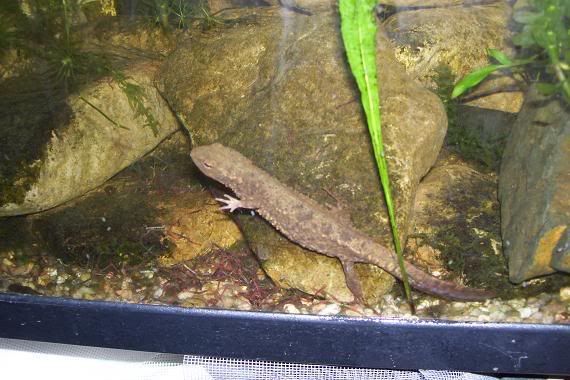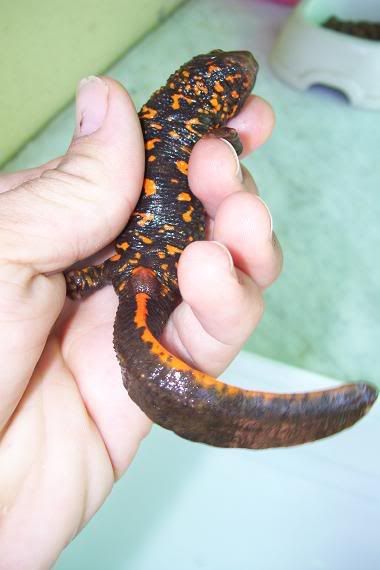They do look like P. fuzhongensis, or at least in the group of imported forms that are most similar to fuzhongensis. Unfortunately, when P. fuzhongensis was described most of the diagnostic features cited to differentiate between it and P. guangxiensis require comparison between the two taxa, and this is complicated by all the different forms of unknown origin that are imported.
Fuzhongensis is supposed to be much wartier than any of the other species, with warts more densely distributed than in guangxiensis. The dorsum of fuzhongensis is described as being brown blotched with darker patches, and sometimes orange, whilst guangxiensis is described as uniformly dark brown.
Other diagnostic features include:
When the forearms of P. guangxiensis are drawn forward towards the head, the tips of the digits only reach the posterior margin on the eye (whereas in fuzhongensis the reach further forward).
When fore- and hindlimbs are drawn towards one another on the same side, in guangxiensis the palm and tarsus do not overlap, whereas in fuzhongensis they do.
Fuzhongensis has a longer, narrower head than guangxiensis (the skullis far more robust in gunagxiensis), whilst guangxiensis has a shorter and higher tail.
Unfortunately there are no reliable pictures of guangxiensis readily available on the web, (those that are pictured a very variable), and there are no photographs in the descriptive paper. There are also many forms of Paramesotriton imprted that do not quite fit any existing species' description.
Although these two species were at one point considered synonymous by morphology, genetic analysis has shown guangxiensis to be much closer to P. deloustali than to fuzhongensis.
Sorry this is such a rambling response, but I wanted to highlight the difficulty in identifying these species confidently, and give some idea of some of the things to look for (according to original descriptions).
In short, I would say that these are fuzhongensis, or something very like it! With regards to keeping and breeding them in captivity, they do all seem to be of the same species and seem healthy, which is good news. Keep an eye out for bullying between the two males, and be prepared to separate them if necessary. Usually, once aggression starts it will continue (in the wild, the weaker of the two would leave the territory of the dominant male).
Good luck with them
Chris





















